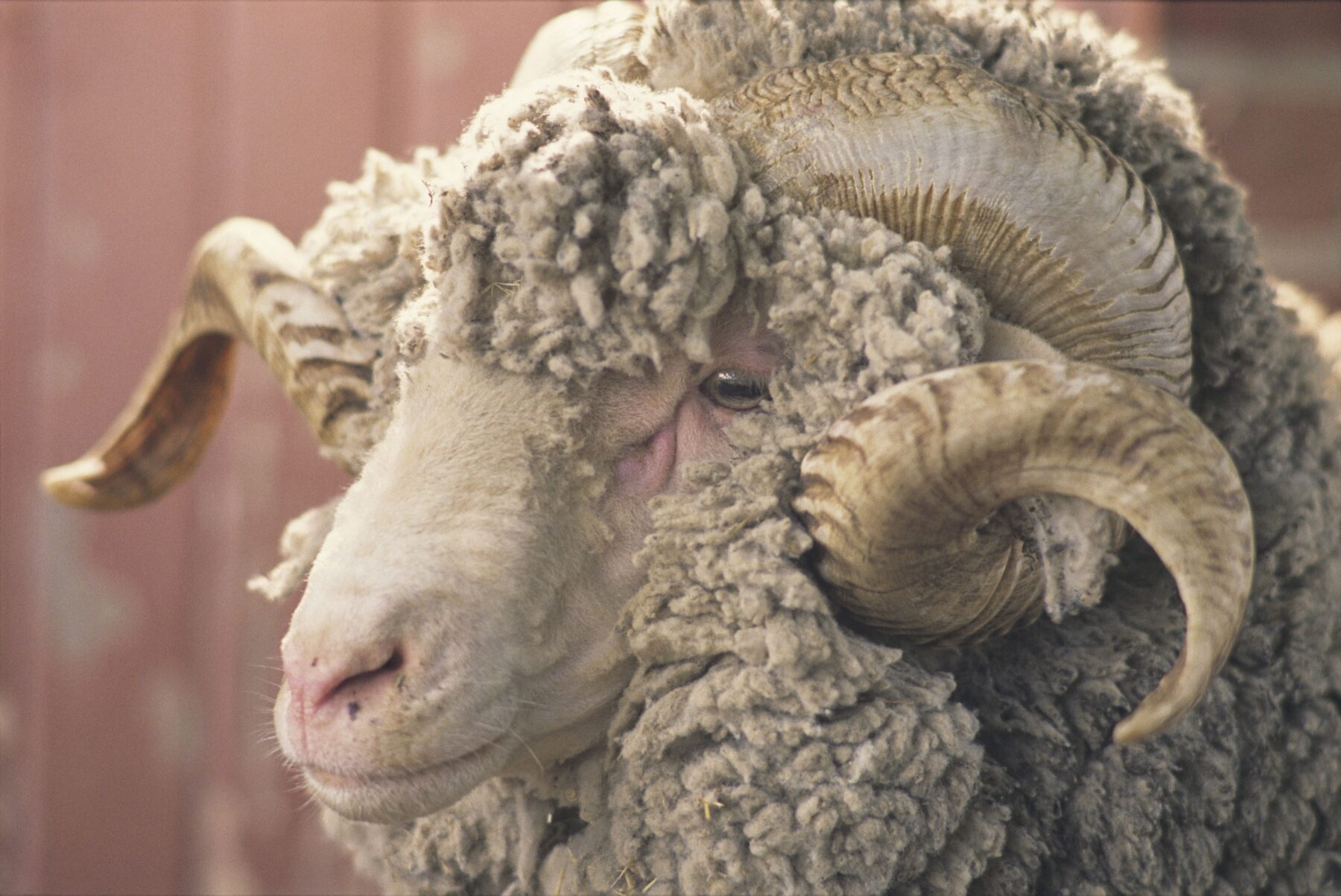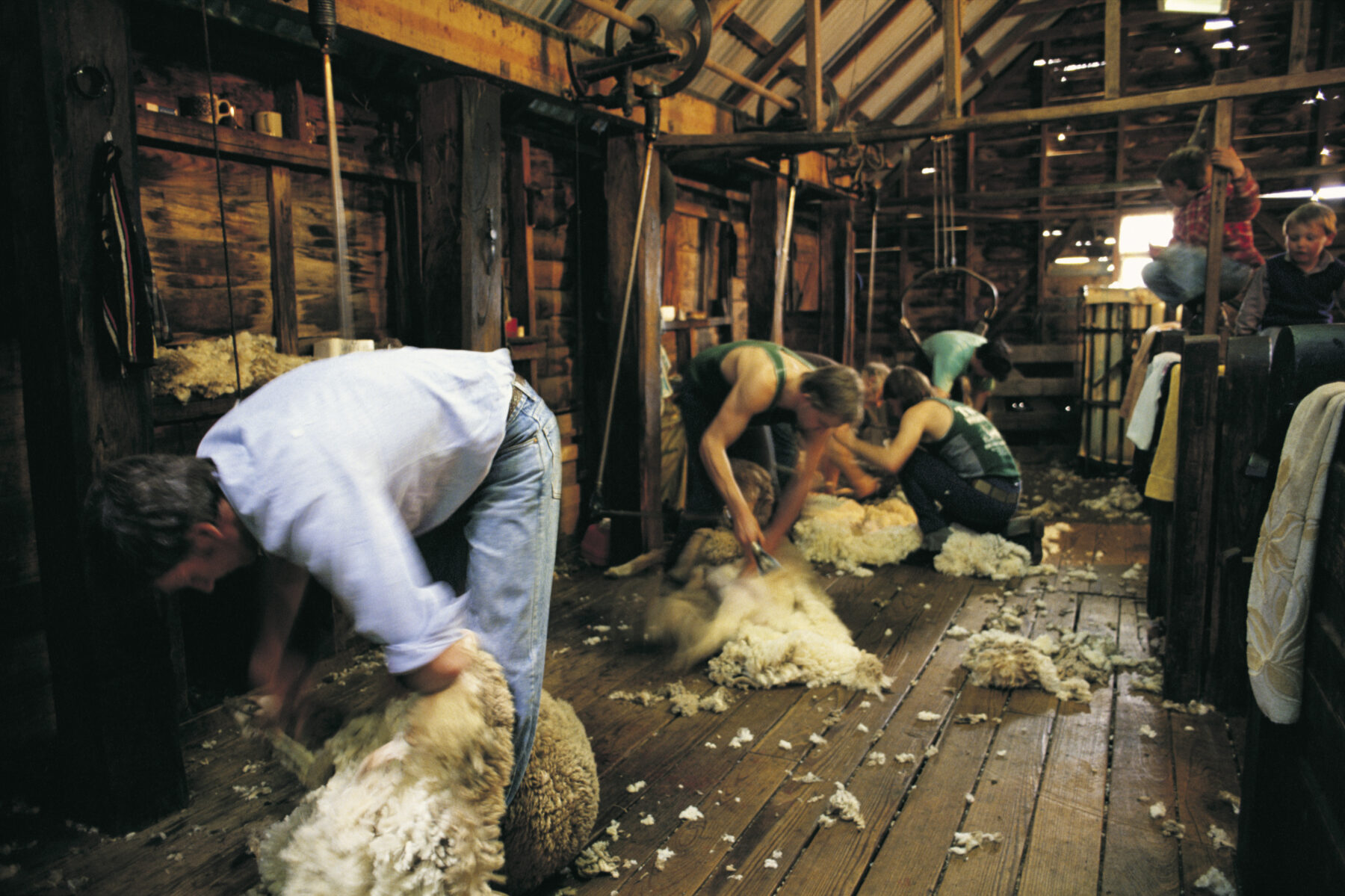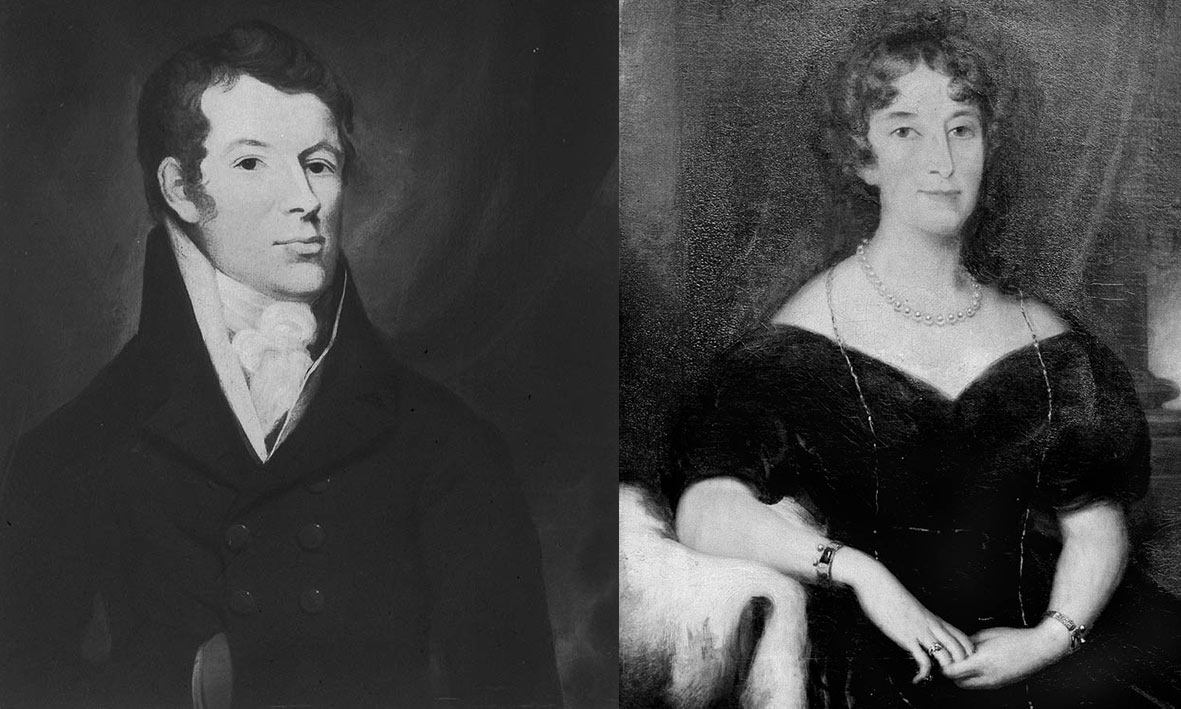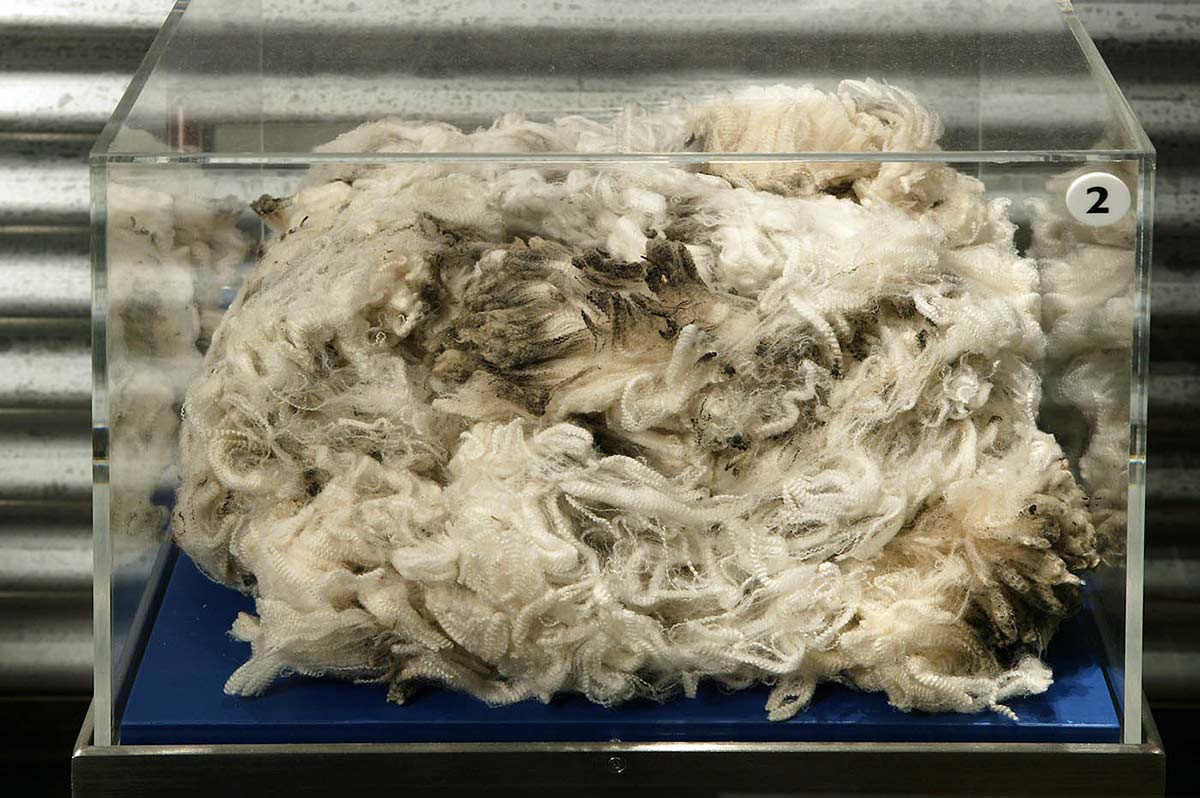Defining Moments in Australian History: Australia’s merino wool industry begins

Captain Henry Waterhouse and Lieutenant William Kent brought 26 merino sheep in 1797 from the Cape of Good Hope, in present-day South Africa, to Port Jackson, in the colony of New South Wales.
Little more than two centuries later, Australia is a dominant wool producer and exporter, with merino wool regarded as the proverbial ‘cream of the crop’.
Those first merinos brought to NSW descended from a flock originally gifted by King Carlos III of Spain to the Netherlands’ Prince William of Orange, who relocated the sheep to South Africa in 1789 to breed. Two years later, those sheep returned to the Netherlands, but their offspring remained in South Africa, where Waterhouse and Kent purchased them for £4 a head.
Merino is a breed of fine-wool sheep that originated in Spain and is prized for its soft, high-quality wool. The Spanish monarchy owned the finest merino flocks and gifted the sheep to seal diplomatic alliances or reward loyal subjects for their service. The royal family tightly controlled access to the breed and before 1765, exporting merinos was banned, punishable by death. After that year, limited numbers of the renowned Escorial flock in Spain were sent to breeders in other countries and closely monitored.

Image credit: Australian Geographic

In 1797, more than half of Waterhouse and Kent’s flock perished en route to NSW. After arriving in the colony, Waterhouse grazed the sheep at his new 140-acre (57ha) property on the Parramatta River. He kept his merino flock segregated, only allowing them to breed with one another.
As his flock increased, Waterhouse distributed a few sheep between Captain John Macarthur, the Reverend Samuel Marsden, Lieutenant Kent and Captain Thomas Rowley. When Waterhouse returned to England in 1800, William Cox bought most of the flock from him, including several of the original sheep from the Cape. The remainder went to Macarthur.
Macarthur was an influential officer in the NSW Corps and he controlled much of the colony’s resources. In 1793, Macarthur and his wife, Elizabeth, established the 100-acre (40ha) Elizabeth Farm at Parramatta using convict labour. Within a decade they’d bred more than 4000 pure merinos. In 1807, the Macarthurs sent the first bale of Australian wool to England for sale. It sold for 10 shillings four pence per pound at an auction at Garraway’s Coffee House in London. In 1813, Australia’s first commercial shipment of wool, from Elizabeth Farm, arrived in England valued at more than £8000, based on the previous sale price.
John Macarthur was the pioneer of Australia’s merino wool industry. The timing of his first merino exports was also fortuitous; the British Government was looking for a dependable wool supply during the ongoing Napoleonic wars in Europe. By lobbying influential administrators, Macarthur also secured extensive land grants for merino farming. This allowed him to produce consistently fine-quality wool from a rapidly expanding merino flock, making the colony a reliable source that rivalled Spain and Saxony (in Germany).


In the 1820s, 5000 merinos were imported into the Australian colonies from Europe and South Africa. By the late 19th century, wool was Australia’s main export. Australian merino breeders intensively crossbred their sheep with other international merino bloodlines, thereby producing larger, more robust sheep that could yield up to 10 times more fleece than the original Spanish variety. Their wool was finer, more densely crimped, cleaner, more elastic and stronger, making it better suited to the expanding woollen textile industry in Europe. Four broadly defined types of merino sheep have been developed in Australia – superfine, fine, medium and strong wool breeds.
The wool industry has been integral to the Australian economy for more than 200 years despite cycles of boom and bust. National flock numbers halved during the devastating Federation Drought (1895–1902) and sheep numbers didn’t recover to their pre-drought levels until 1926. In World War I and World War II, the merino industry was boosted by increased demand for wool to be used in items such as uniforms and blankets. The industry continued to boom in the 1950s, then decreased in the 1960s–70s as synthetic fibres gained popularity. In the 1970s, the federal government introduced a minimum reserve price scheme that subsidised the industry. By 1990, it was apparent the scheme was economically unviable. It was discontinued and the industry stalled.
Slowly, the wool industry has rebuilt itself and today, although Australia accounts for less than 10 per cent of the world’s sheep population, it dominates the global fine wool market.
‘Australia’s merino wool industry begins forms part of the National Museum of Australia’s Defining Moments in Australian History project.




